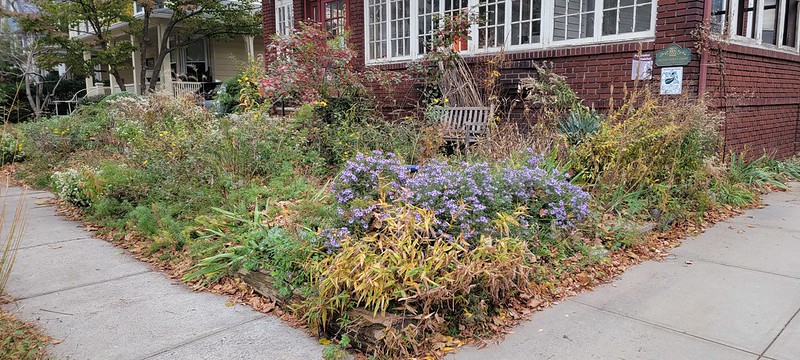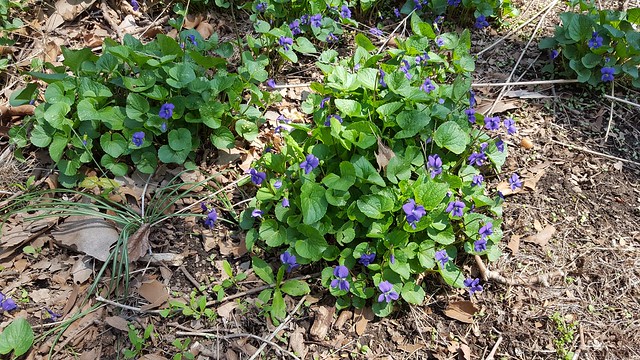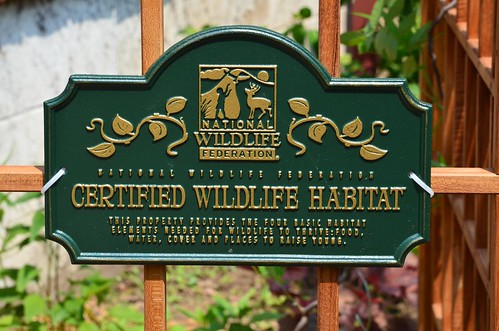Observing the diversity of life that coexists in one place is one of the rewards of visiting the same natural area over a long period of time.
My garden not only offers myself and passersby such an observatory.
It's also a laboratory in which I can research how insects engage with their environment - both biotic and abiotic - and imagine, design, and create habitat to better provide for their needs.

I use iNaturalist to document the diversity of life in my garden. Although I only posted my first iNaturalist Observation in 2017, my garden Observations now span more than a decade. As of this year, I've documented over 400 insect species making use of my garden.

This biodiversity, and my documentation of it, is intentional. And although all of this is by design, all I can do is uncover the latent urban biodiversity in and around my garden. Each new species I find is a surprise to me.


